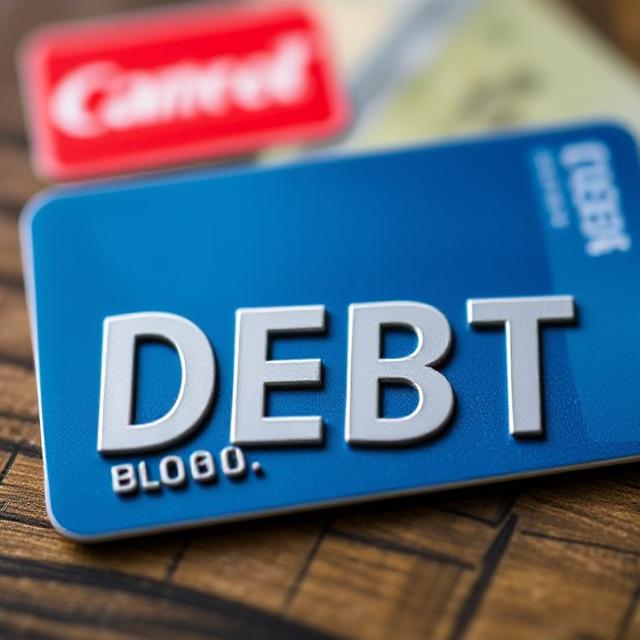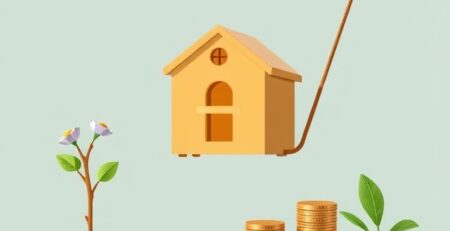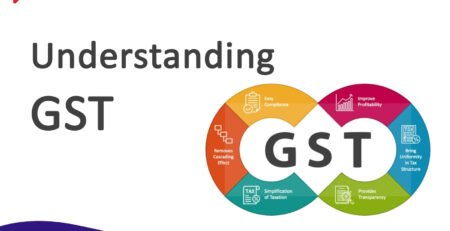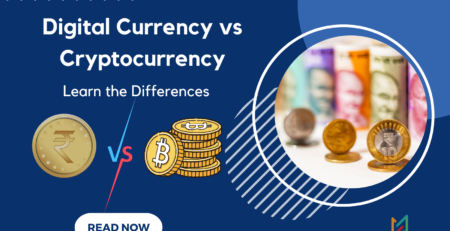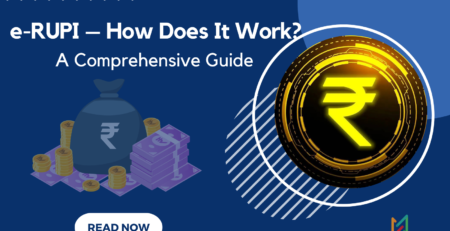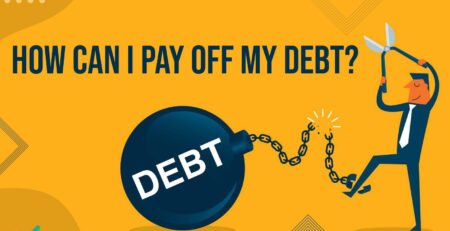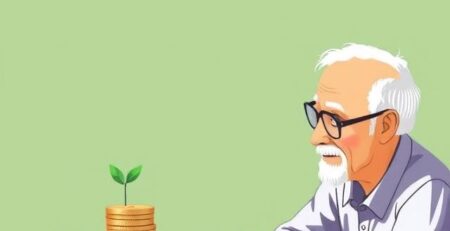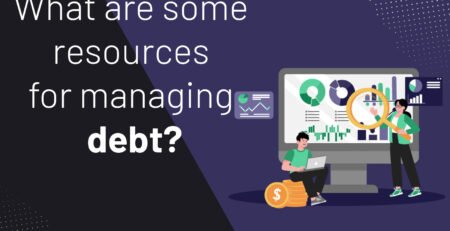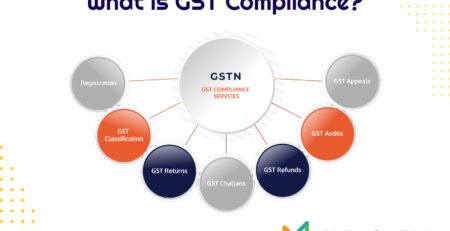Credit Card Debt Is Silently Killing Indians: The Hidden Crisis No One Talks About
Credit cards, once seen as a symbol of financial freedom and modern convenience, are now quietly becoming a major source of financial distress for millions of Indians. The numbers are staggering: interest rates on credit cards in India can reach up to 40% per annum, and according to Reserve Bank of India (RBI) data, 70% of users pay only the minimum due each month. This silent epidemic is quietly eroding the financial health of Indian households, trapping many in a cycle of debt that is difficult to escape.
The Alarming Growth of Credit Card Debt in India
Over the past decade, household debt as a percentage of GDP in India has nearly doubled, rising from 26% in 2015 to 41.9% by December 2024. While some of this debt is constructive—such as home loans—an increasing share is now in the form of personal loans, credit card dues, and gold loans, which carry much higher interest rates and greater risk.
- Credit card spending in India reached ₹1.67 lakh crore in February 2025.
- Credit card defaults surged by 28% in 2024, reaching ₹6,742 crore, a 500% increase from 2020.
- Non-housing retail loans (including credit cards) now account for 54.9% of total household debt and 25.7% of disposable income as of March 2025.
This explosive growth in unsecured, high-interest debt is creating a ticking time bomb beneath the surface of India’s consumer economy.
How the Minimum Due Trap Works
One of the most dangerous aspects of credit card debt is the minimum due trap. Credit card companies require only a small percentage of the outstanding balance to be paid each month—often as little as 5%. While this seems manageable, it is a recipe for disaster.
“Interest rates on credit cards are typically between 3.6% and 4% monthly—seemingly manageable until you miss a payment or make only the minimum due. What begins as a minor expense can snowball into an overwhelming financial burden.”
The Mathematics of Debt: 1 Lakh Becomes 1.4 Lakh in a Year
Suppose you have a credit card debt of ₹1,00,000 and make only the minimum payment each month. With an annual interest rate of 40%, the math is brutal:
- Interest per year: ₹1,00,000 × 40% = ₹40,000
- Total after one year: ₹1,00,000 + ₹40,000 = ₹1,40,000
This does not account for compounding, late fees, or additional charges, which can make the actual amount even higher. If you continue to pay only the minimum due, your debt can double in less than two years, creating a vicious cycle that is almost impossible to break without drastic action.
Real Stories: How Indians Are Trapped by Credit Card Debt
Arun’s Six-Year Struggle
Arun, a 37-year-old techie from Bengaluru, found himself buried under ₹1.5 lakh in credit card debt and another ₹3.4 lakh in personal loans. His monthly debt repayments consumed over 60% of his income. It took him six years, multiple loans, and over ₹2 lakh in interest payments to finally become debt-free—ironically, only after a layoff and a severance payout.
Rohan’s Debt Spiral
Rohan, a 25-year-old from Mumbai, used his credit card for daily expenses and an EMI purchase. When he couldn’t pay the full amount, he started paying only the minimum due. The interest compounded, and his debt spiraled out of control. To escape, he took a personal loan to pay off his credit card, trading one form of debt for another.
These stories are far from unique. Millions of Indians are caught in similar traps, often without realizing the true cost until it’s too late.
Why Are So Many Indians Falling Into the Debt Trap?
Several factors are contributing to the credit card debt crisis in India:
- Stagnant wage growth and rising inflation: Many are forced to use credit cards to meet everyday expenses.
- Easy access to credit: Banks and fintech companies aggressively market credit cards, often to young and inexperienced users.
- Lack of financial literacy: Many users do not understand how interest is calculated or the consequences of paying only the minimum due.
- Social pressures and consumerism: The desire to keep up with peers leads to overspending on lifestyle and gadgets.
The Broader Economic Impact
The rise in credit card debt is not just a personal issue—it has wider ramifications for the Indian economy:
- Rising NPAs (Non-Performing Assets): Credit card NPAs have jumped by 28.42% in a single year, reaching 2.3% of total outstanding loans in December 2024.
- Banking sector risk: The RBI has responded by increasing the risk weight for banks’ exposure to unsecured loans, making lending more expensive and tightly regulated.
- Household financial stress: With a larger share of income going toward debt repayments, households have less to spend on essentials and investments, stifling economic growth.
Are You Debt-Free? The Psychological Toll of Debt
Debt is not just a financial burden—it is a psychological one. Anxiety, stress, and even depression are common among those struggling with mounting dues. The fear of default, harassment from recovery agents, and the stigma of financial failure can take a heavy toll on mental health.
“Many users now find themselves trapped in an ongoing cycle of EMIs and high interest rates, sometimes touching 42% per annum. The trend paints a grim picture of India’s consumer credit landscape.”
How to Break Free from the Credit Card Debt Trap
Becoming debt-free is possible, but it requires discipline, planning, and sometimes professional help. Here are actionable strategies:
1. Stop Using Your Credit Card
- Cut up your card or leave it at home to avoid further temptation.
- Switch to cash or debit card for all purchases.
2. Pay More Than the Minimum Due
- Always pay the full outstanding amount if possible.
- If not, pay as much above the minimum due as you can to reduce the principal faster.
3. Prioritize High-Interest Debt
- Focus on clearing credit card dues first, as they carry the highest interest rates.
- Consider the “avalanche method”—pay off the highest interest debt while making minimum payments on others.
4. Consolidate Your Debt
- Consider a personal loan at a lower interest rate to pay off credit card debt.
- Beware: This only works if you stop accumulating new debt and have a clear repayment plan.
5. Negotiate with Your Bank
- Some banks may offer settlements, lower interest rates, or convert your outstanding into EMIs at a lower rate.
6. Seek Professional Help
- Financial counselors or debt management services can help you create a repayment plan.
7. Build Financial Discipline
- Create a monthly budget and stick to it.
- Build an emergency fund to avoid relying on credit cards in a crisis.
How to Use Credit Cards Responsibly
If you must use a credit card, follow these golden rules:
- Pay your bill in full every month within the interest-free period.
- Track your spending and set limits.
- Avoid cash withdrawals on credit cards—they attract immediate interest and high fees.
- Understand the terms and conditions—know your interest rates, billing cycle, and penalties.
The Role of Financial Literacy
One of the biggest gaps in India’s credit card ecosystem is financial literacy. Many users do not understand how compounding interest works, or the long-term impact of paying only the minimum due. Schools, colleges, and employers must prioritize financial education to equip young Indians with the tools they need to make informed decisions.
Regulatory Responses and the Path Forward
The RBI has recognized the growing risk of unsecured lending and has taken steps to tighten regulations, including increasing the capital banks must set aside for such loans. However, regulation alone cannot solve the problem. There must be a concerted effort from:
- Banks and financial institutions: To practice responsible lending and transparent communication.
- Government and regulators: To promote financial literacy and protect consumers from predatory practices.
- Individuals: To take charge of their financial health and seek help when needed.
Conclusion: Are You Debt-Free?
The question is more urgent than ever. Credit card debt is silently killing Indians, eroding not just their finances but their peace of mind and future security. If you are among the 70% who pay only the minimum due, or if you find yourself struggling to keep up with monthly payments, it’s time to take action.
Becoming debt-free is not easy, but it is possible. Start by acknowledging the problem, seeking help, and making a plan. Your financial freedom—and your future—depend on it.
Key Takeaways:
- Credit card debt in India is rising at an alarming rate, with defaults up 28% in 2024 and interest rates as high as 40% per annum.
- 70% of users pay only the minimum due, falling into a debt trap that can double their outstanding in two years.
- Financial literacy, discipline, and timely action are essential to break free from the cycle of debt.
- Regulators, banks, and individuals all have a role to play in addressing this silent crisis.
Ask yourself: Are you debt-free? If not, today is the day to start your journey toward financial freedom.


